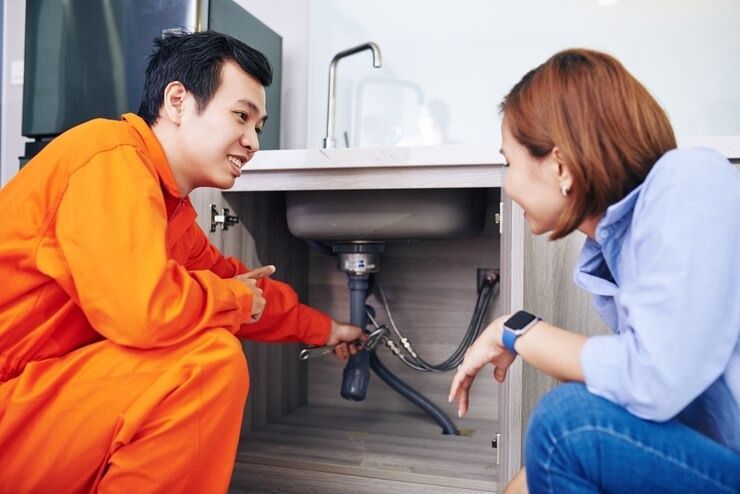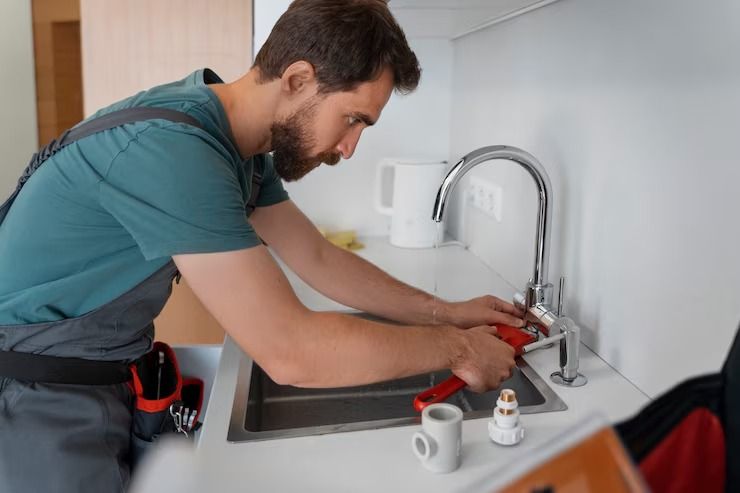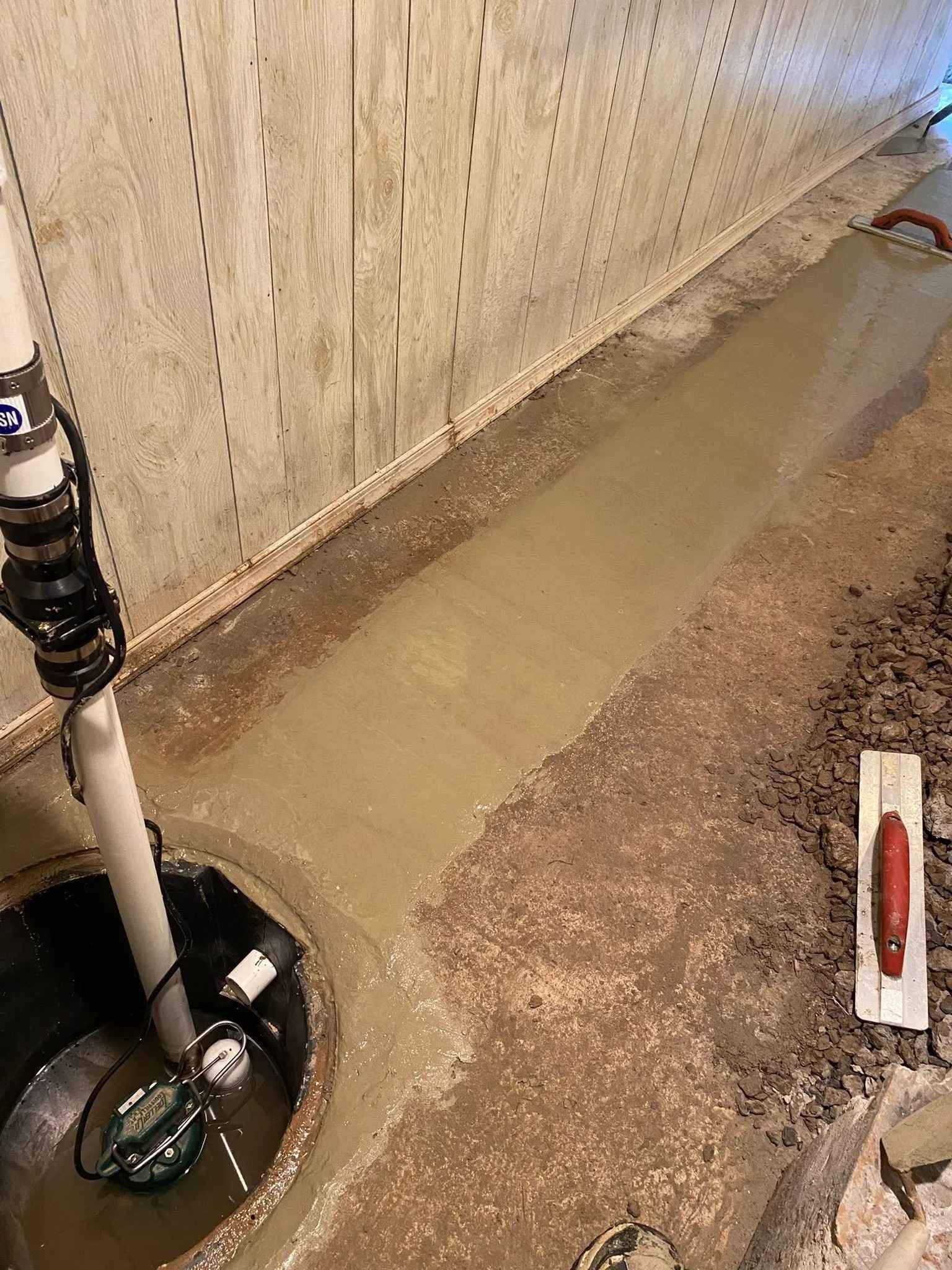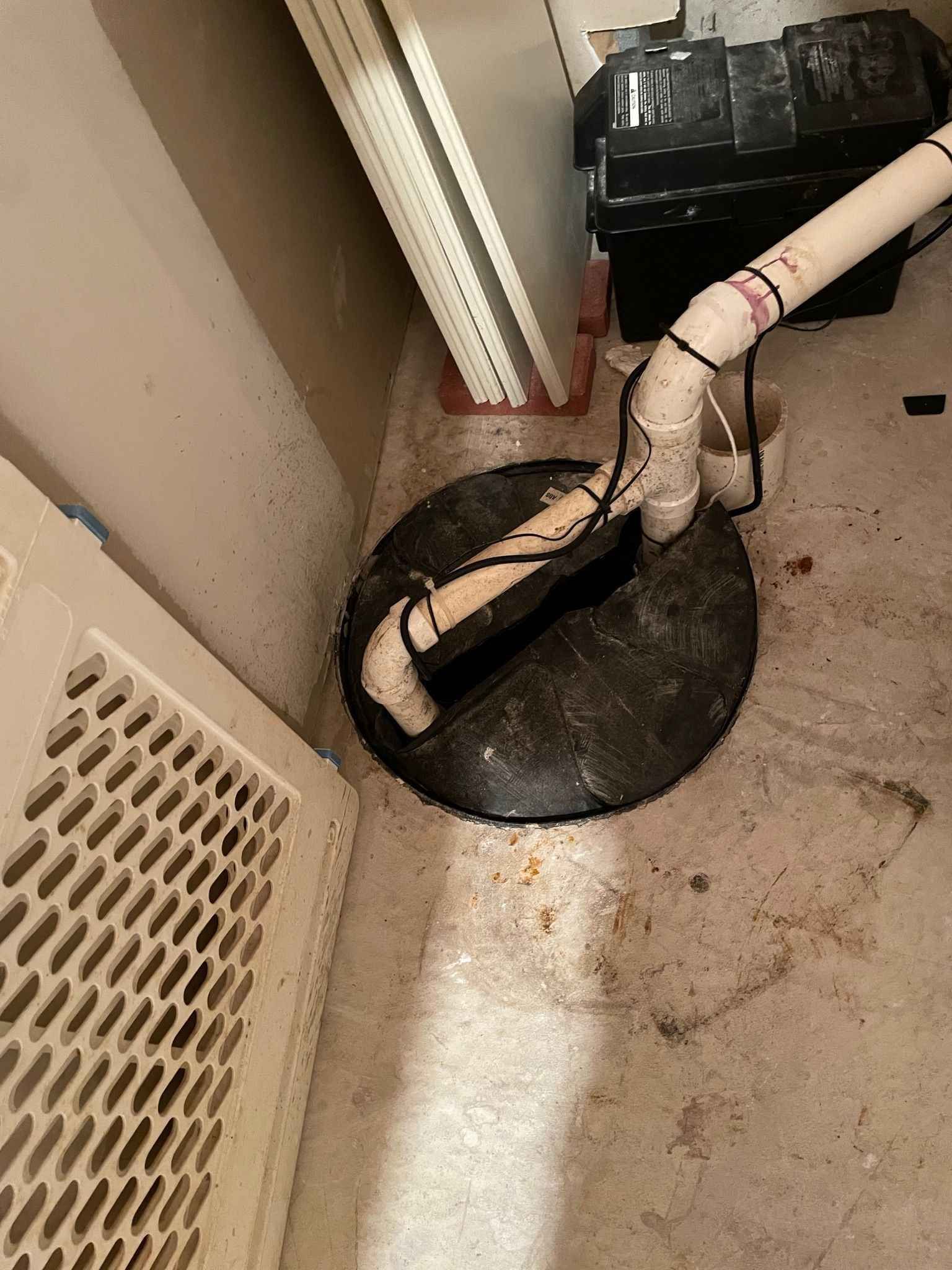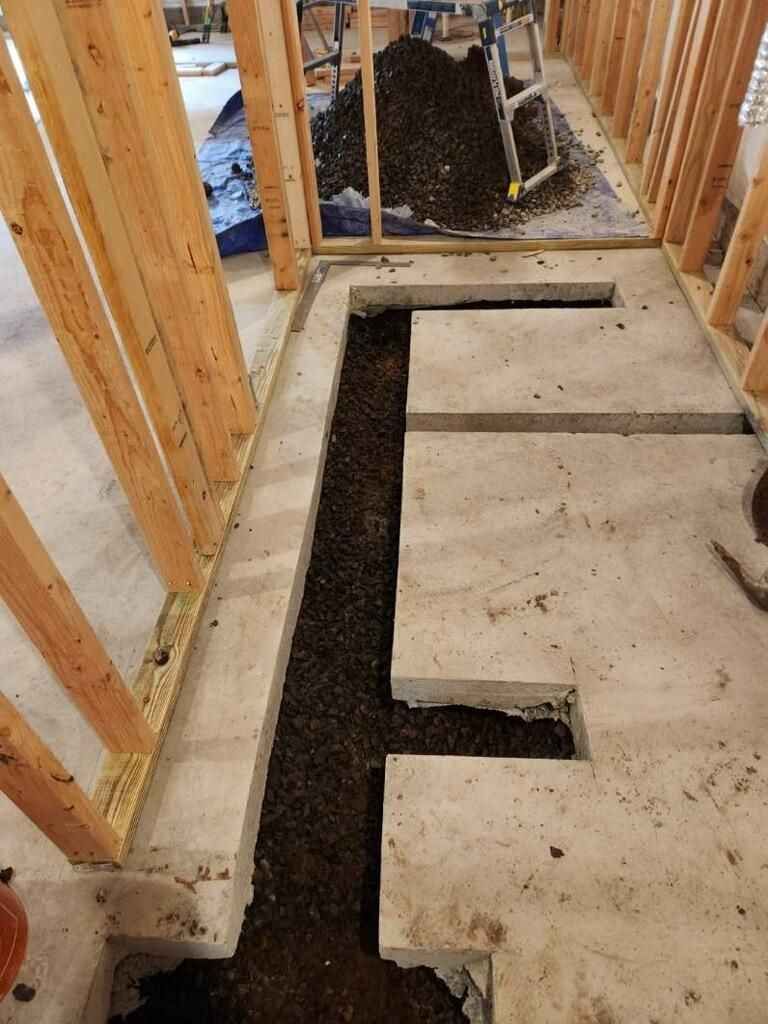Avoiding Common Mistakes in Proper Sump Pump Installation
Avoiding Common Mistakes in Proper Sump Pump Installation

Key Takeaways
- Proper sump pump installation is crucial to prevent basement flooding and maintain a dry home.
- Common mistakes during installation can lead to system failure and costly repairs.
- Hiring a professional plumber ensures the sump pump is correctly installed and functions efficiently.
- Avoiding DIY methods can save time, money, and avoid potential disasters.
A sump pump is a vital component in homes prone to basement flooding or excessive moisture. While many homeowners might be tempted to install a sump pump themselves, the process is more complex than it appears. Improper installation can lead to a host of problems, including system failure and water damage, which can be both costly and time-consuming to fix. This blog will guide you through the common mistakes people make during
sump pump installation and why it's crucial to get it right. By the end, you'll understand why relying on professional services for proper sump pump installation is the best decision you can make.
Understanding the Basics of Sump Pump Installation
1. Choosing the Wrong Size or Type of Sump Pump
One of the most common mistakes during sump pump installation is selecting the wrong size or type of pump. Sump pumps come in various sizes and capacities, each designed for specific conditions. A pump that is too small may not handle the volume of water, leading to frequent overflows, while a pump that is too large can cause unnecessary energy consumption and wear. The type of sump pump, whether submersible or pedestal, also plays a critical role in its efficiency and lifespan.
Example: Imagine a homeowner installing a small pedestal pump in a large basement with high water levels. The pump, unable to cope with the water inflow, eventually fails, leading to significant flooding and damage.
Implications: This mistake can lead to a malfunctioning system, higher energy bills, and potential water damage, emphasizing the need for professional assessment and installation.
The Importance of Proper Pit Size and Location
2. Incorrect Sump Pit Size and Placement
The sump pit, where the pump is placed, must be the correct size and in the right location to function properly. A pit that is too small might not collect enough water, causing the pump to run continuously, leading to wear and tear. Conversely, a pit that is too large may cause the pump to short cycle, reducing its lifespan. The location of the pit is also crucial; placing it in the lowest point of the basement ensures maximum water collection.
Example: A DIY enthusiast installs a sump pump in a small pit located in a random corner of the basement, resulting in inadequate water collection and a pump that burns out quickly.
Implications: Incorrect pit size and location can reduce the effectiveness of the sump pump, increase operational costs, and necessitate premature replacement.
Proper Discharge Pipe Installation
3. Poor Discharge Pipe Installation
The discharge pipe is responsible for carrying water away from the sump pump and out of the home. One common error is failing to install the discharge pipe with a proper slope, which can lead to water backing up and causing the pump to work harder. Another mistake is not extending the pipe far enough away from the foundation, which can cause water to seep back into the basement.
Example: A homeowner installs a discharge pipe that ends right outside the basement wall, causing water to pool near the foundation and eventually seep back in.
Implications: Poor discharge pipe installation can result in water damage, increased workload for the pump, and potential basement flooding, underlining the need for expert installation.
Understanding the Need for a Check Valve
4. Skipping the Installation of a Check Valve
A check valve prevents water from flowing back into the sump pit after the pump has shut off. Without a check valve, the water that was just pumped out can flow back into the pit, causing the pump to cycle more frequently than necessary. This not only increases wear on the pump but also reduces its overall efficiency.
Example: A DIY installation skips the check valve, leading to constant pump cycling and eventual pump failure.
Implications: The absence of a check valve can cause premature pump failure and increased energy consumption, making it a critical component of proper sump pump installation.
The Role of Electrical Connections
5. Inadequate Electrical Connections
Sump pumps require a reliable power source to function correctly. Improper electrical connections, such as using an extension cord or not grounding the pump, can lead to electrical failures or even fire hazards. A dedicated circuit with a ground fault circuit interrupter (GFCI) is essential for safe and effective pump operation.
Example: A homeowner plugs the sump pump into an overloaded power strip, leading to frequent power interruptions and eventual pump failure.
Implications: Inadequate electrical connections can lead to unsafe operation, pump failure, and potential fire hazards, reinforcing the importance of professional installation.
For any concerns about proper sump pump installation or to ensure that your home's plumbing is in expert hands, you can trust On Point Plumbing. Conveniently located at 7004 Colonial Ct, North Wales, PA, On Point Plumbing is dedicated to providing top-notch service to protect your home from potential water damage. Whether you need a new sump pump installed or an existing one inspected, our experienced team is here to help. Don’t hesitate to reach out to us at 267-638-7151 for reliable plumbing solutions tailored to your needs.
Conclusion
Proper sump pump installation is not just about getting the pump into the ground; it's about ensuring that every component is correctly sized, placed, and connected to function efficiently and safely. The common mistakes highlighted above show how easy it is for a DIY installation to go wrong, leading to costly repairs and potential water damage. To avoid these pitfalls, it's wise to invest in professional installation services. A properly installed sump pump can provide peace of mind, knowing that your home is protected from flooding and moisture-related issues.
Don't take chances with your home's safety. Ensure your sump pump is installed correctly by reaching out to On Point Plumbing for expert assistance in proper sump pump installation. Trust the professionals to protect your home from the risks of improper installation.
FAQs
Q: What size sump pump do I need for my basement?
A: The size of the sump pump you need depends on the size of your basement, the water table level, and the potential water inflow. A professional plumber can assess your needs and recommend the correct pump size.
Q: Can I install a sump pump myself?
A: While it's possible to install a sump pump yourself, it's not recommended. Improper installation can lead to serious issues, including system failure, water damage, and even safety hazards.
Q: How far should the discharge pipe extend from my house?
A: The discharge pipe should extend at least 10 feet from your home to prevent water from seeping back into the basement. It's best to have a professional ensure proper installation.
Q: Do I need a check valve for my sump pump?
A: Yes, a check valve is essential to prevent water from flowing back into the sump pit after the pump shuts off, reducing the risk of frequent cycling and pump failure.
Q: What kind of maintenance does a sump pump require?
A: Regular maintenance includes checking the pump operation, cleaning the pit, testing the check valve, and ensuring the discharge pipe is clear. Professional inspection once a year is recommended.


